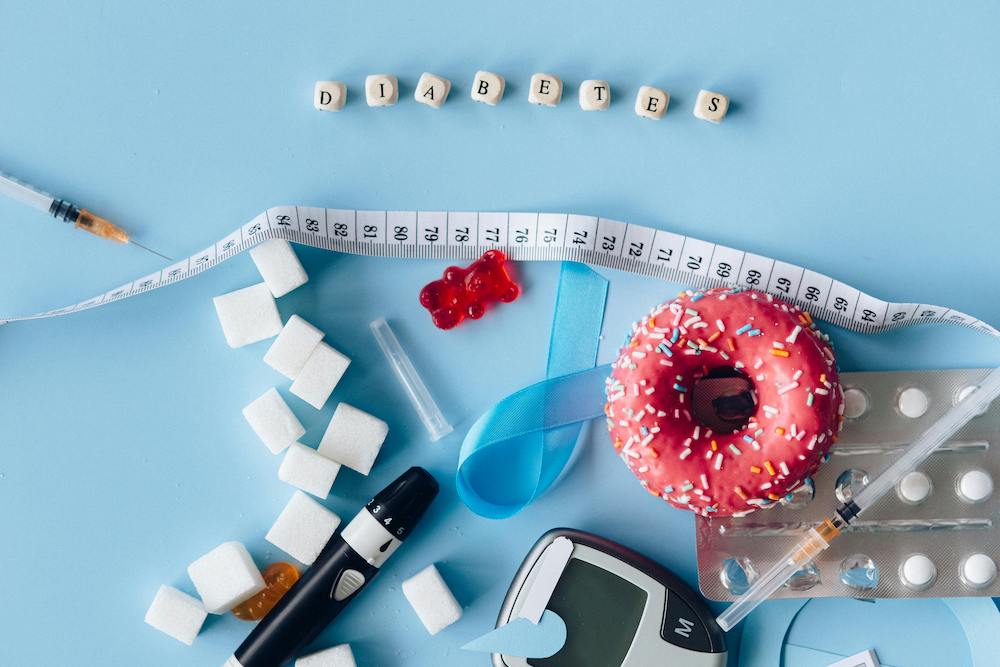
11 Nov Gestational Diabetes: Symptoms, Treatment and Prevention
Gestational diabetes is a form of diabetes that occurs specifically during pregnancy. It’s characterized by high blood sugar levels that result from the body’s inability to effectively use insulin, the hormone responsible for regulating blood sugar. This condition typically develops in the second half of pregnancy, as the placenta produces hormones that can interfere with insulin function.
November 14th is World Diabetes Day, so let’s get a snapshot of how to prevent gestational diabetes during your pregnancy.
Gestational diabetes is high blood sugar that occurs during pregnancy, usually the second trimester, and goes away after the baby is born. However, it’s a risk factor for developing type 2 diabetes later in life. It impacts about 10% of pregnant women in the United States, but can be reversed with lifestyle changes and if needed, managed with medication.
Gestational diabetes is a condition you don’t want to ignore since it can negatively impact both you and your baby. But don’t worry! Most providers test for gestational diabetes between weeks 24 to 28 of your pregnancy by asking you to drink a super sweet beverage. Your glucose levels will be tested afterwards to measure how your body responds to the sugar intake. If you have a family or personal history of diabetes, your risk of gestational diabetes is higher. Keep an eye out for tell-tale signs of unregulated, high blood sugar, which include increased thirst, excessive hunger, and frequent urination. You’ll want to report these symptoms to your provider as soon as possible.
Common sense health practices are the best prevention and cure for diabetes. The body needs a combination of a balanced, nutritious diet and regular exercise to regulate blood sugar. Exercise helps the body use glucose more efficiently, reducing insulin resistance. Aim for 30 minutes a day, 5 days a week.
A healthy diet includes foods from all food groups: fruits and vegetables of many colors and varieties, beans, lentils, legumes, whole grains and lean proteins. Studies show eating beans, lentils and legumes every day is very effective at regulating blood sugar and lowering the risk of type 2 diabetes. Other tips includes:
- Balance meals and snacks by spacing them throughout the day
- Avoid overeating or large portion sizes
- Avoid refined carbohydrates, sugary or high fat foods (basically all junk food!).
Sometimes lifestyle modifications are not enough and more help is needed. In these cases, your provider might prescribe oral or insulin therapy. You may have to monitor your sugars with a glucose meter.
If you’re at risk for or currently experiencing gestational diabetes, you’ll definitely want to incorporate these changes into your life without delay. Poorly managed diabetes in pregnancy can lead to: having a c-section (due to baby’s large size), your baby having low blood sugar after birth, jaundice, preeclampsia (high blood pressure during pregnancy that causes many other problems) and preterm or stillbirth.
There are even long term risks for your baby, which include obesity and the development of type 2 diabetes in his future too.
Be sure to go to your prenatal checkups and work together with your doctor to create a plan for prevention and treatment. And remember, lifestyle changes like adopting a healthy diet and regular exercise are the cornerstone of managing and even reversing diabetes!
REFERENCES:
- Centers for Disease Control (CDC). December 2022. Gestational diabetes. https://www.cdc.gov/diabetes/basics/gestational.html
- National Institutes of Health (NIH). March 2017. Legume consumption is inversely associated with type 2 diabetes incidence in adults: A prospective assessment from the PREDIMED study. https://pubmed.ncbi.nlm.nih.gov/28392166/
- Photo by Nataliya Vaitkevich: Blood Sugar Meter and Sweets on the Blue Background. https://www.pexels.com/photo/blood-sugar-meter-and-sweets-on-the-blue-background-6942013/



